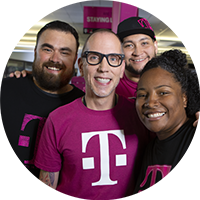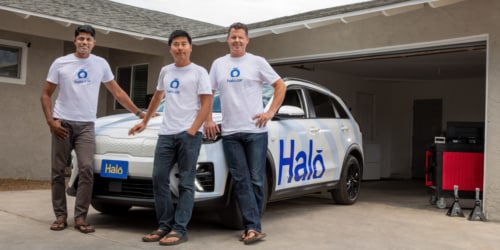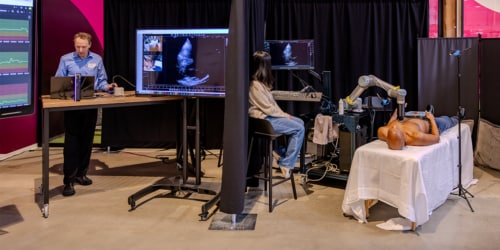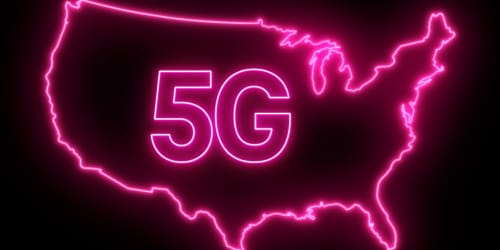Driverless cars. They’ve long been the stuff of science fiction, and there are reasons we have not yet reached a transportation utopia where our cities hum along free of traffic congestion and pollution. Driverless and autonomous cars present extremely complex technical challenges that won’t be solved anytime soon according to many experts. Plus, there’s the issue of social trust – it doesn’t matter how intelligent a car is if people won’t get in. But both of these issues – technology development and cultural change – are moving forward in tandem down a path to more capable driverless and autonomous cars. Today we’re seeing exciting progress come to life propelled by 5G networks.
Companies like Cruise, Waymo, Uber, Tesla and others have all been pushing the industry forward. Even Dominos jumped into autonomous vehicles with Nuro, an occupantless on-road delivery vehicle that received U.S. DOT approval in April. Now, there’s a new entrant on the scene called Halo, a startup that’s taking a unique and pragmatic approach to tackle transportation challenges with a driverless electric vehicle (EV) that runs on 5G technology. Halo has launched one of the first commercial driverless car services in the U.S., and it’s running on the T-Mobile 5G network in Las Vegas, a city known for its rapid adoption of innovative technology from the first hyperloop test to its newest underground tunnel. Now, Halo is adding to the city’s portfolio of technical achievements.
A People First Approach Towards Autonomous Vehicles
Halo’s service is safe and easy to use. Riders will simply summon a driverless EV via a mobile app. A driverless Halo arrives at the pick-up location, the rider hops in and drives to their destination. Upon arrival, no parking is needed — the Halo moves driverlessly to its next pick-up location.
With its proprietary RemotePilot technology, Halo trains inhouse remote drivers to operate the driverless car over T-Mobile’s 5G network. Halo has developed an Advanced Safe Stop mechanism enabling its cars to immediately come to a full stop if a potential safety hazard or system anomaly is detected. Using an advanced Artificial Intelligence (AI) algorithm, the car also learns in the background while humans control the vehicle, building a unique feedback loop to achieve Level 3 capabilities over time.
According to Halo’s Founder and CEO Anand Nandakumar, his service is uniquely designed in that it builds automation over time starting with a solution that consumers will feel comfortable using today. He shares that the inspiration for Halo came from industrial robotics. In the past, entire factory floors were full of people touching every part of a product being manufactured. But over time, robotics have been incorporated to automate redundant tasks, and today many warehouses across the country are almost fully automated with human supervision. Halo is approaching autonomy in a similar way. Humans complete drives over a 5G connection providing real-world data for an AI system to learn and improve in the background. This then leads to the automation of certain tasks over time while creating local jobs where people work alongside AI and robotics.
Solving Transportation Challenges
Halo’s long-term vision is to collaborate with local municipalities to blanket cities with Halos and connect public transit systems. According to the American Public Transportation Association, public transit is a lifeline for millions of Americans. But for many people, the challenge of last mile transportation is a barrier preventing them from hopping on trains and buses. This “last mile problem” is how to get riders from the bus or train stop to their final destination.
According to Justin Jones, Clark County Commissioner of District F and Vice Chair of the Southern Nevada Regional Transportation Commission City Official, Halo and 5G technology offer an intelligent transition between where the city is today and where it wants to go in the coming years, giving residents and visitors a better, more energy efficient way to move about the city.
Transportation is one of many industries being transformed today by 5G. Just like smartphone apps built on 4G networks revolutionized the mobile economy in ways no one could have predicted, the same will be true with 5G, but with innovation coming at a much greater scale across all industries. It is the innovators, developers and entrepreneurs like Halo that are making the magic happen, and this kind of startup innovation is why T-Mobile is working to build the biggest and best 5G network in the country. Learn more about 5G.
5GNow is a content series from America’s leader in 5G. With 5GNow we share a first-hand look at the benefits of 5G today, and what’s coming next, highlighting the real-world ways 5G is improving our lives and keeping us better connected.





